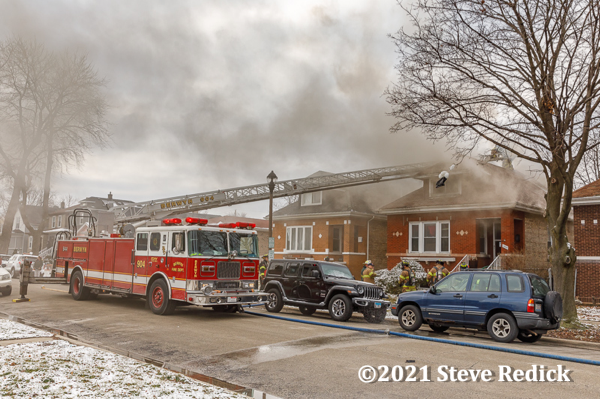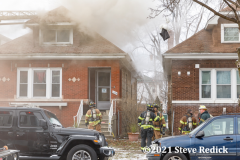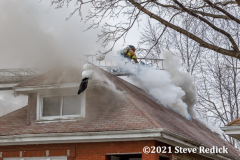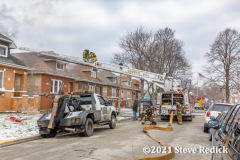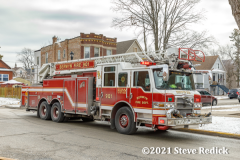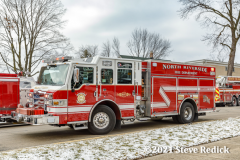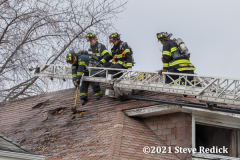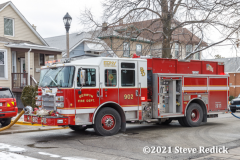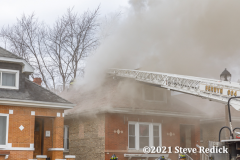Excerpts from nbc5chicago.com:
A fourth person has been charged with murder in the fatal shooting of retired Chicago Fire Department Lieutenant Dwain Williams during an attempted carjacking on Dec. 3rd . The veteran firefighter sustained a gunshot wound and was transported to the hospital where he was pronounced dead.
Jaylen Saulsberry, 19, of Chicago Heights, was charged with one count of first-degree murder and on three warrants. He was placed into custody at approximately 5:15 p.m. Tuesday night after being extradited from Pennsylvania.
A 20-year-old man, an 18-year-old man and a 15-year-old boy have also been charged in the shooting.
As seen in surveillance video, the suspects jumped back in the vehicle they arrived in as a fourth individual drove the car away.
Police said that it was the past crimes of an alleged carjacking crew around the Chicago area that helped lead to the first arrest.
